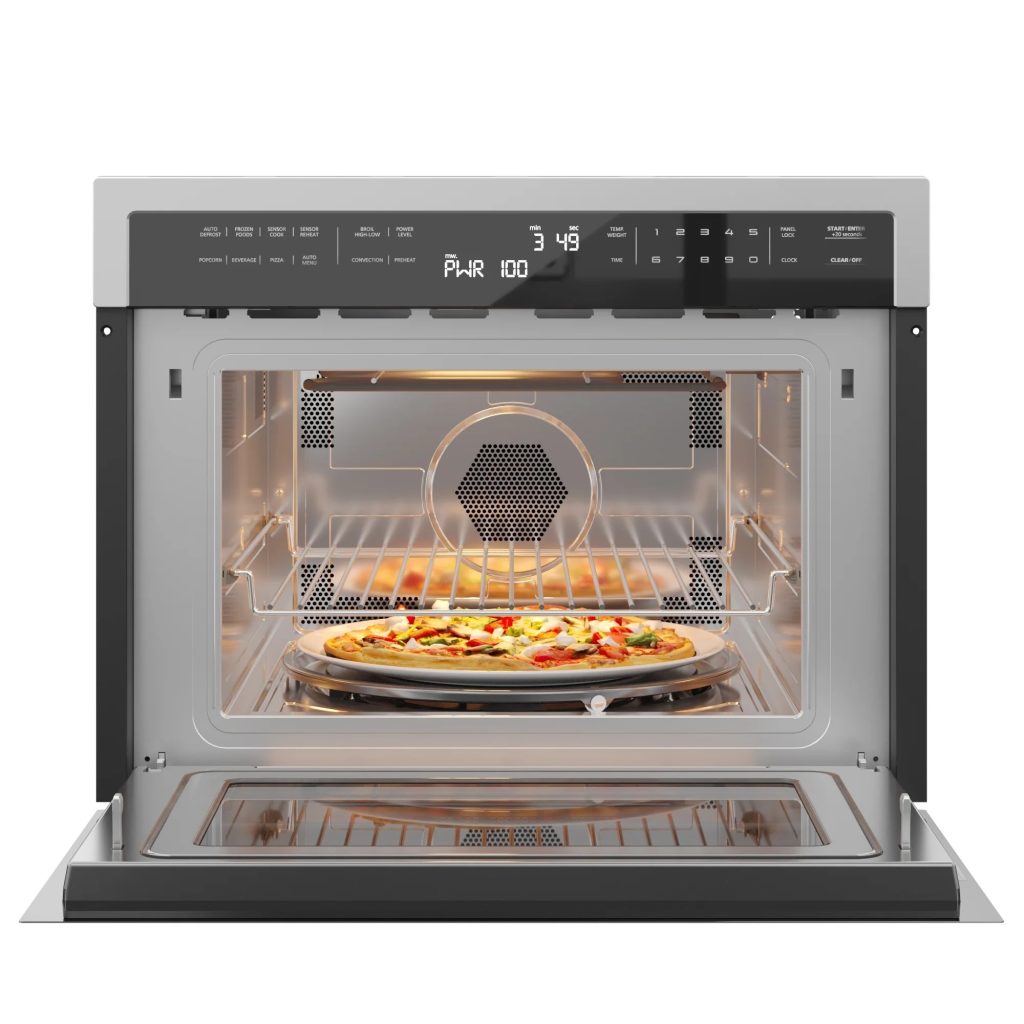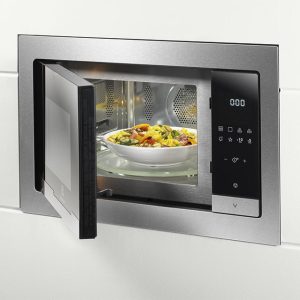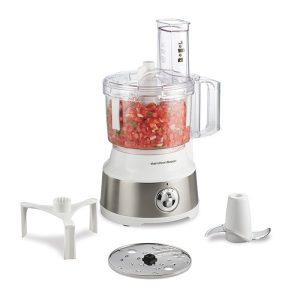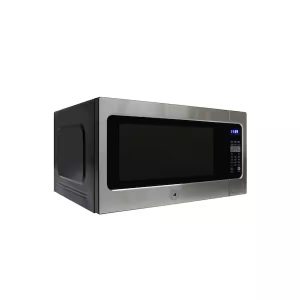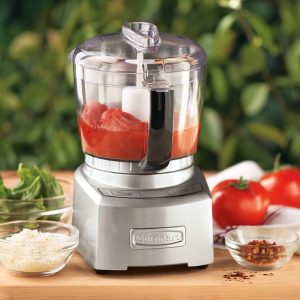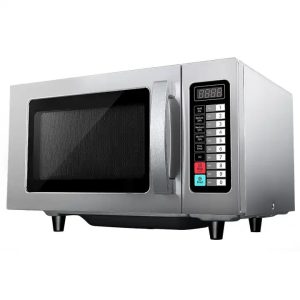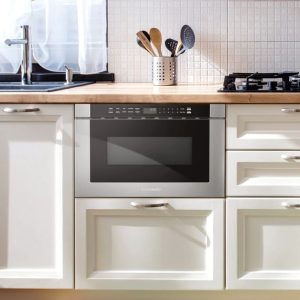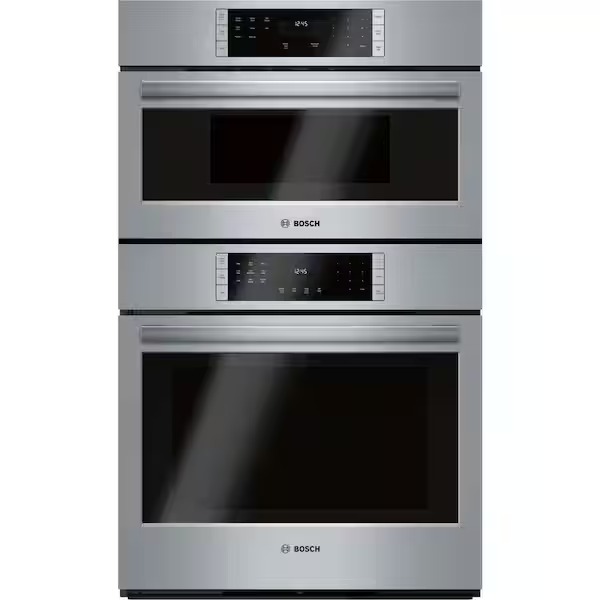
What to Consider Before Buying a Built-In Microwave Oven
When shopping for a built in microwave oven, several factors come into play. These considerations ensure that you get the best fit for your kitchen needs and preferences.
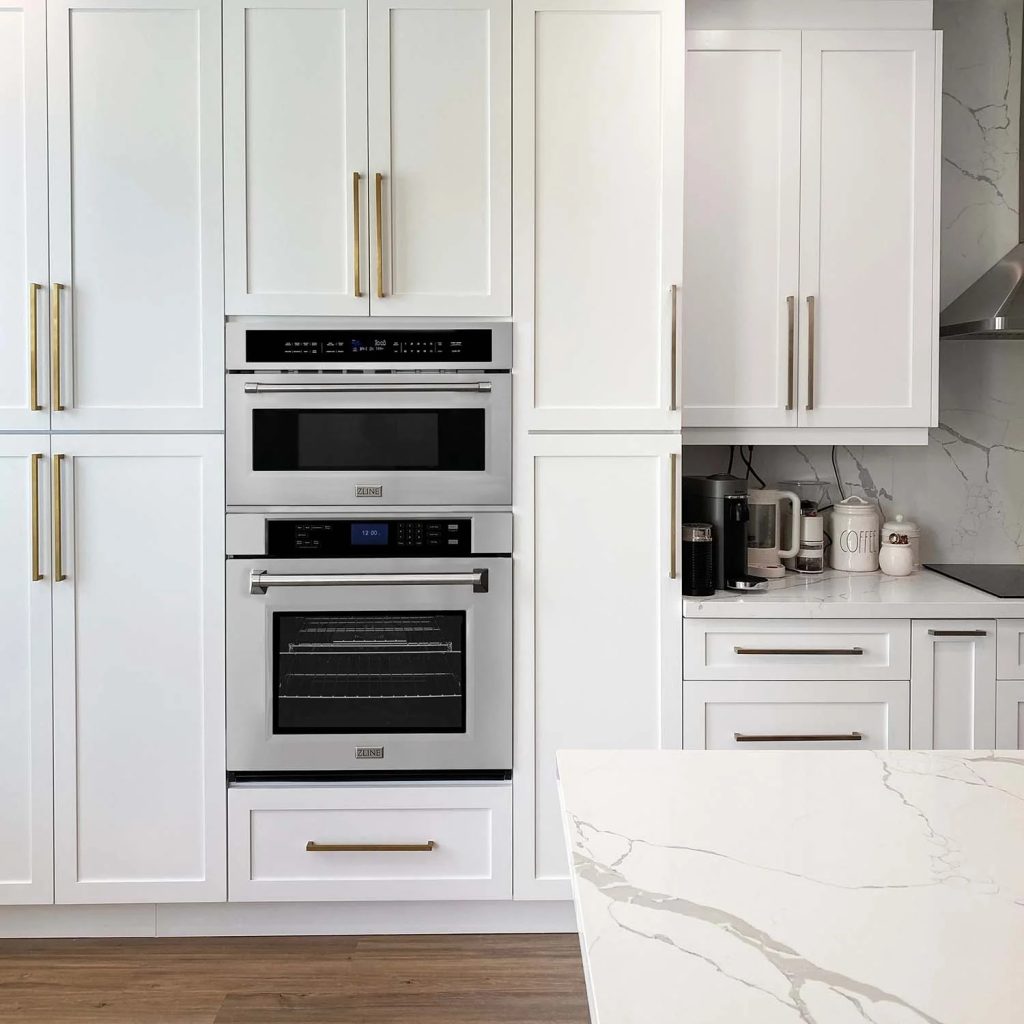
Size and Capacity
Start by assessing the size and capacity. Measure your available space. Compare it with appliance sizes. Larger families might need bigger capacities. Check inside dimensions too, to make sure your usual dishes will fit.
Power and Wattage
Power and wattage affect cooking times. Higher wattage means faster cooking. But, it also means more energy use. Consider what you’ll cook. Find a balance between efficiency and energy consumption.
Design and Aesthetics
Choose a style that complements your kitchen. Built-in microwave ovens come in various finishes like stainless steel or black. See what matches your other appliances and cabinetry.
Features and Functions
Think about the features you need. Do you want pre-programmed settings? Maybe a child lock for safety? List the functions important to you. Then, find models that offer them.
Brand and Price
Research brands. Some are known for reliability, others for advanced technology. Set a budget. Remember, the most expensive option isn’t always the best. Look for value – a mix of quality, features, and price.
The Benefits of Installing a Built-In Microwave Oven
Opting for a built-in microwave oven brings several advantages to your kitchen. Here’s why considering one could be beneficial:
- Space Efficiency: A built-in microwave conserves valuable countertop space. This integration into your kitchen design frees up the area for other uses.
- Seamless Design: Built-in appliances offer a sleek, uniform look. They blend seamlessly with the rest of your cabinetry, enhancing the overall aesthetics of your kitchen.
- Increased Home Value: Modern and integrated kitchen appliances, like a built-in microwave oven, can increase the resale value of your home.
- Convenience and Accessibility: With strategic installation, access to your microwave oven improves. You can place it at the most convenient height for frequent use.
- Better Ventilation: Built-in microwave ovens often come with better ventilation systems. This ensures the swift removal of smoke and odors during use.
When installing a built-in microwave oven, think of the long-term benefits. Enjoy a kitchen that’s efficient, stylish, and adds value to your home. Remember, it’s not just an appliance, but an integral part of your kitchen’s design and functionality.
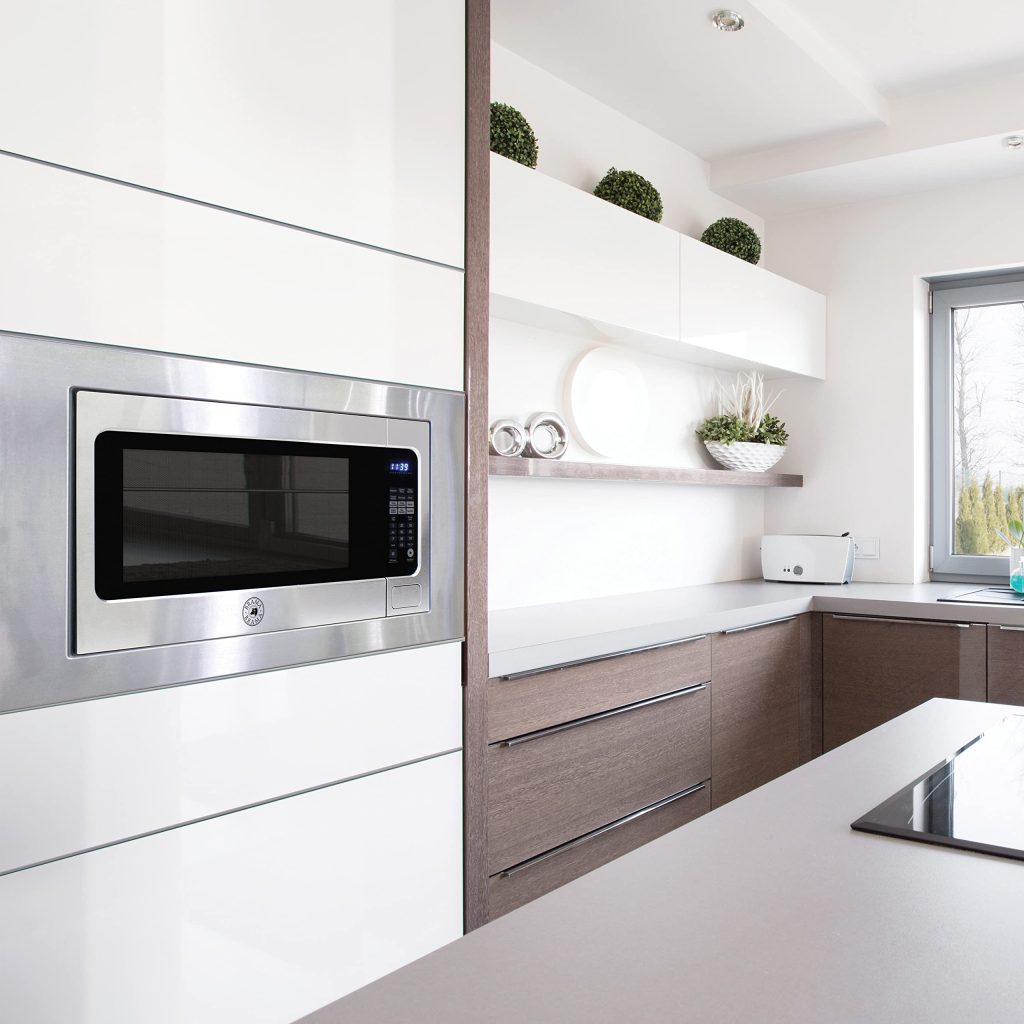
How to Measure for a Built-In Microwave Oven
Getting the right fit is crucial for a built-in microwave oven. Here are steps to take accurate measurements:
- Measure Cabinet Space: Use a tape measure to record the height, width, and depth of your cabinet space. Ensure you measure the interior dimensions.
- Account for Trim Kits: If your built in microwave oven requires a trim kit, include its dimensions in your measurements.
- Check Clearance: There should be enough room around the unit for ventilation. Refer to the manufacturer’s guidelines for exact clearance requirements.
- Consider Door Swing: Make sure there is room for the microwave door to open. This might affect where you place the oven.
- Write Down Everything: Keep a note of all measurements. Double-check them before making a purchase.
Proper measurement ensures your new built-in microwave oven will fit seamlessly into your kitchen and function effectively, without any surprises during installation.
Popular Types of Built-In Microwave Ovens
When selecting a built-in microwave oven, it’s important to understand the different types available. Your choice depends on your cooking habits, kitchen size, and budget. Here we will explore the three popular types of built-in microwave ovens: Solo, Grill, and Convection.
Solo Microwave Ovens
Solo microwave ovens are the most basic type. They are perfect for simple tasks like reheating food, defrosting, and making popcorn. They don’t have grilling or baking features. This makes them more affordable, and a good choice for those who mainly use a microwave for reheating.
Grill Microwave Ovens
Grill microwave ovens include a grill feature, in addition to standard microwave functions. They allow you to grill vegetables, fish, and meat. This type is a step up from solo ovens. It suits those who enjoy grilling but don’t have space for a separate grill appliance.
Convection Microwave Ovens
Convection microwave ovens combine microwave energy, a grill, and convection (hot air) cooking. This means they can bake, roast, and crisp foods. They are versatile and can replace several kitchen appliances. Convection ovens are great for those who love to bake and cook full meals.
Installation Tips for Built-In Microwave Ovens
Proper installation of your built-in microwave oven is key to both safety and functionality. Here are some helpful tips to guide you through the process:
- Consult the Manual: First, always read the manufacturer’s installation guide. It has specific instructions for your model.
- Use the Right Tools: Have all necessary tools on hand. This usually includes a drill, screwdriver, and level.
- Seek Professional Help: If you’re not confident in your DIY skills, hire a professional. They ensure a safe and correct installation.
- Secure Firmly: Make sure the oven is securely fastened. This prevents any movement that could cause damage or injury.
- Connect Properly: Check electrical connections. Make sure they match your home’s power supply and comply with local codes.
With these tips, you’ll have your built-in microwave oven installed correctly. This will provide you with a safe and efficient kitchen experience.
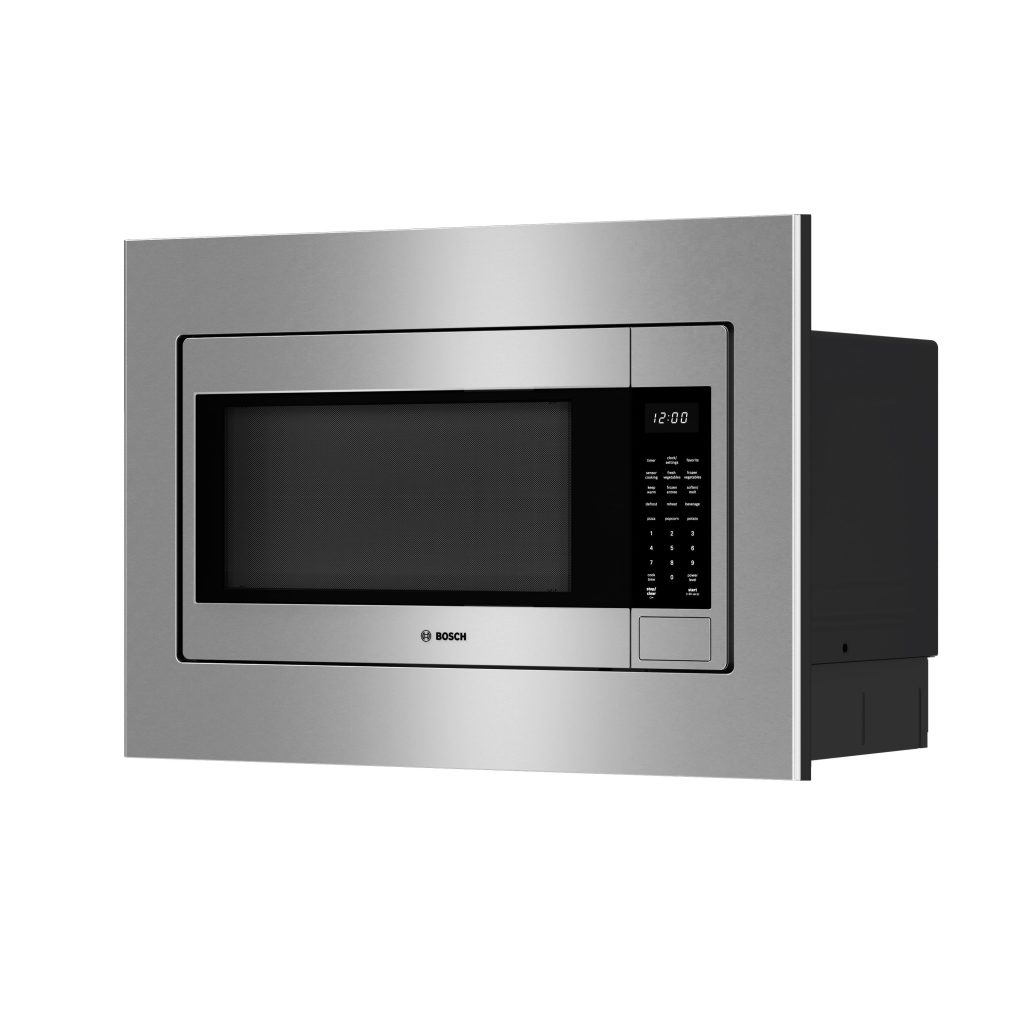
Maintenance and Care for Built-In Microwave Ovens
Maintaining your built-in microwave oven ensures its longevity and optimal performance. Here are straightforward guidelines for its care:
- Clean Regularly: Wipe the inside after use. Use a damp cloth for spills. Prevent buildup of grease and food particles.
- Use Gentle Cleaners: Avoid harsh chemicals. Mild soap and water often work best. For stubborn stains, consider a microwave-safe cleaning solution.
- Inspect the Door Seal: Make sure the seal is always clean and intact. This prevents microwave energy from leaking.
- Turntable Maintenance: If your model has one, clean the turntable. Check it rotates smoothly. Replace it if you notice cracks or damages.
- Avoid Metal Objects: Never put metal in your microwave. This can cause sparks and potential damage.
By following these simple care steps, your built-in microwave oven will remain a reliable kitchen helper for years to come.
Where to Buy Built-In Microwave Ovens
When you’re ready to purchase a built-in microwave oven, you have several options. Here are popular places to look:
- Home Appliance Stores: These stores usually have a variety of models. Staff can help you find the right one.
- Online Retailers: Websites offer a wide selection. They provide customer reviews and often have competitive prices.
- Brand Websites: Directly from manufacturers, these sites might offer exclusive deals or models.
- Kitchen Design Centers: For custom kitchen upgrades, these centers can integrate the perfect oven into your design.
- Second-Hand Stores: For budget shoppers, these may have affordable options. But, choose carefully.
Before buying, compare prices and check return policies. Also, look for delivery options and installation services. This ensures your built-in microwave oven purchase is smooth and hassle-free.
Built-In Microwave Oven Warranties and Customer Service
When buying a built-in microwave oven, warranties and customer service are crucial. Here’s what to keep in mind:
Understand Warranty Length
Most built-in microwave ovens come with a warranty. The time length varies by brand and model. Typically, they range from one to five years. Check the coverage period before purchasing.
Learn What’s Covered
Warranties usually cover manufacturing defects. They might not cover wear and tear or accidental damage. Read the terms carefully. Know what’s included and what’s not.
Consider Extended Warranties
Some retailers offer extended warranties for an additional cost. It might be worth considering for extra peace of mind. Decide if the extra coverage is important for you.
Check Customer Service Reviews
Research the brand’s customer service reputation. Look for feedback on response times and support quality. Good customer service is invaluable if you encounter issues.
